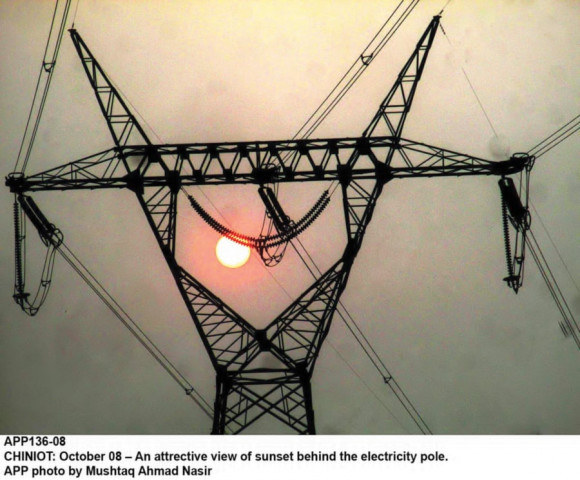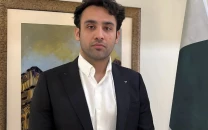IPPs see no threat from coal, clean-energy projects
Could reshape priorities, switch to economical fuel coal in future.

STOCK IMAGE
At this stage, the IPPs are not sensing any serious threat from coal and clean energy projects, a majority of which have been kicked off with the assistance of China. They have some choices available to remain an integral part of the country’s electric power system and emphasise their importance as vital suppliers of electricity to the national grid.
“A possibility does exist that many IPPs may switch to coal in future, as this fuel is economical when compared with high-speed diesel, but it depends on future circumstances,” commented Abdullah Yousuf, Chairman of the IPP Advisory Council, while talking to The Express Tribune.
The slump in the international oil market, where crude prices have dropped about 50% since June last year, is another reason for Yousuf to highlight the strong role played by the IPPs, though oil prices may once again hit the previous peak. However, this will give the IPPs ample time to reshape their priorities.
Since many IPPs run on oil and natural gas and adequate power supply is the immediate priority of the government, which has also started importing liquefied natural gas (LNG) to bridge the shortfall, these plants will continue to provide cheap electricity compared with the plants based on furnace oil and high-speed diesel.
Statistics suggest that total installed power production capacity in Pakistan is 23,664 megawatts, of which about 15,823MW is available.
In the total capacity, thermal power accounts for 16,000MW or 67.62%. At present, around 30 IPPs are generating electricity mainly through diesel, furnace oil and natural gas, but most of them do not run at full capacity.
So far, coal-fired power plants and wind power have minuscule shares of 0.3% and 0.2% respectively in electricity generation. Nuclear power constitutes 3.3% of total generation capacity whereas hydropower has a share of 28.8%.
Industry experts believe that electricity demand in the country is increasing in the range of 10% to 15% depending on the needs of provinces. The Energy Planning Expert Group of the China-Pakistan Economic Corridor programme has forecast that Pakistan’s electricity requirement will reach around 31,895MW by 2020 at average annual growth of 7.8%.
However, experts are of the view that demand in the next 10 years will rise more rapidly and that will be a test case for the government how it bridges the widening demand-supply gap.
“By 2030, electricity demand is expected to rise past 100,000MW and the country will be in pressing need of energy no matter from which source it comes,” said Tahir Basharat Cheema, former managing director of Pakistan Electric Power Company (Pepco). The future of IPPs was not at stake, however, the key would be to balance the energy mix in such a way that tariffs came down to affordable levels, Cheema remarked.
Published in The Express Tribune, May 17th, 2015.
Like Business on Facebook, follow @TribuneBiz on Twitter to stay informed and join in the conversation.

















COMMENTS
Comments are moderated and generally will be posted if they are on-topic and not abusive.
For more information, please see our Comments FAQ